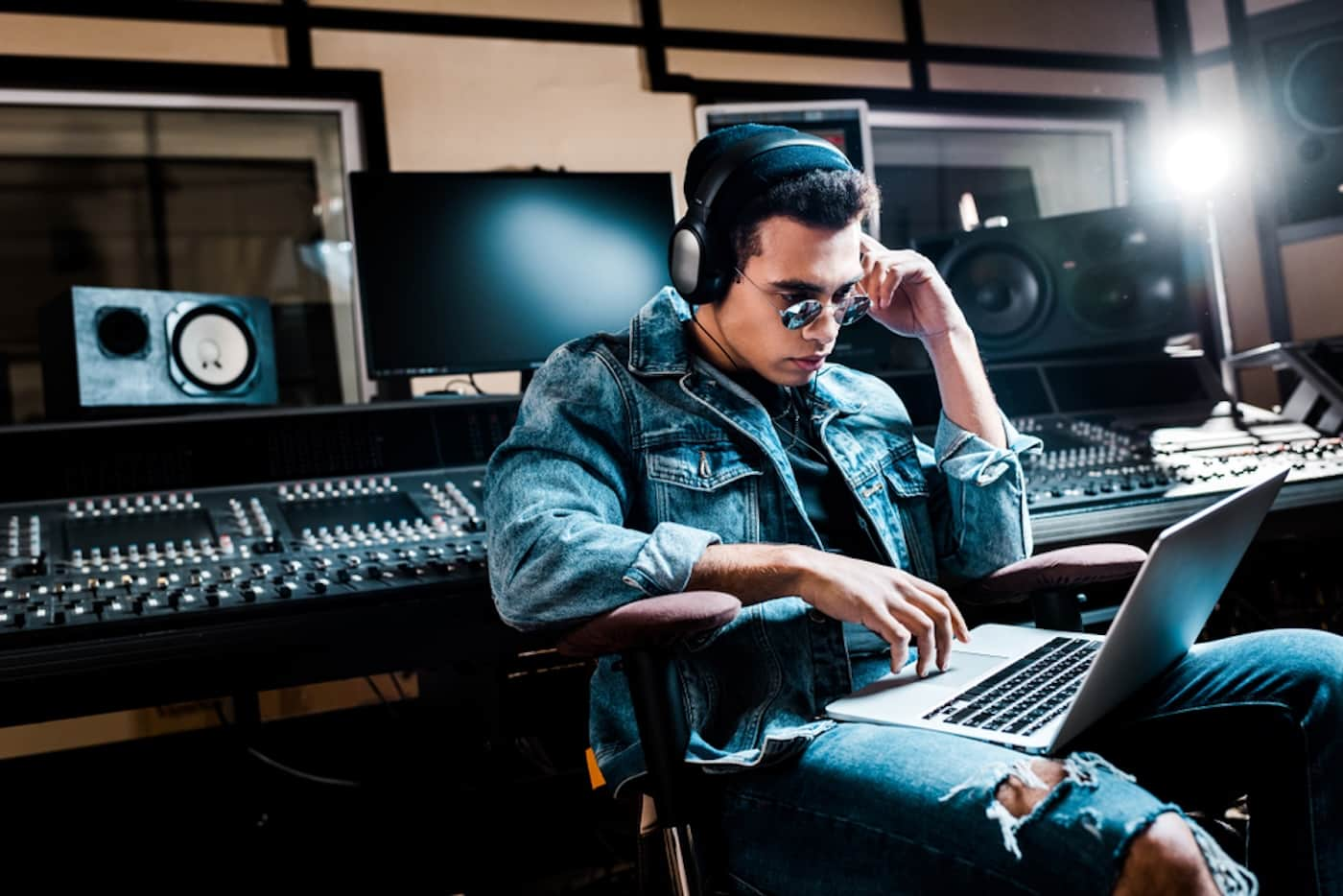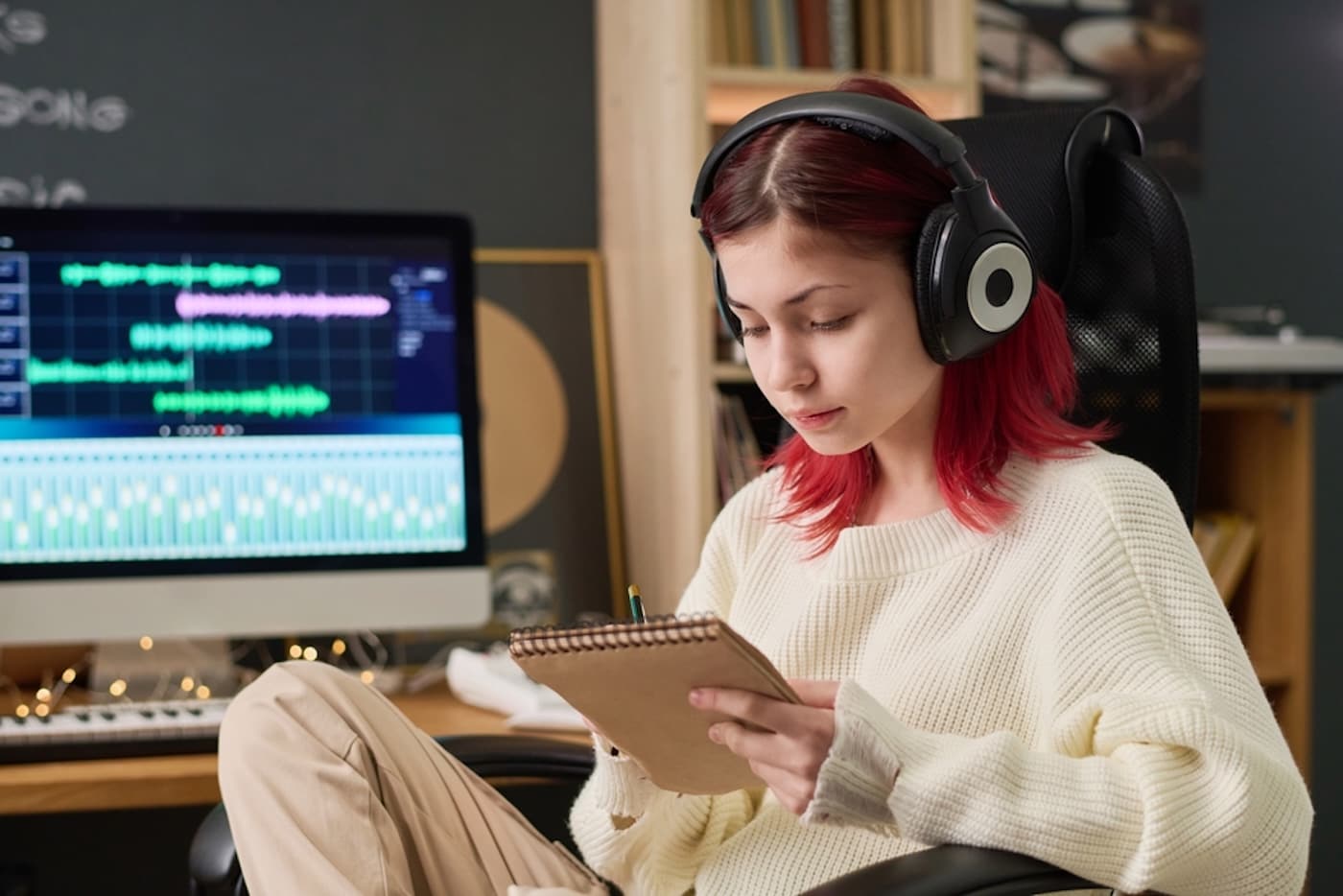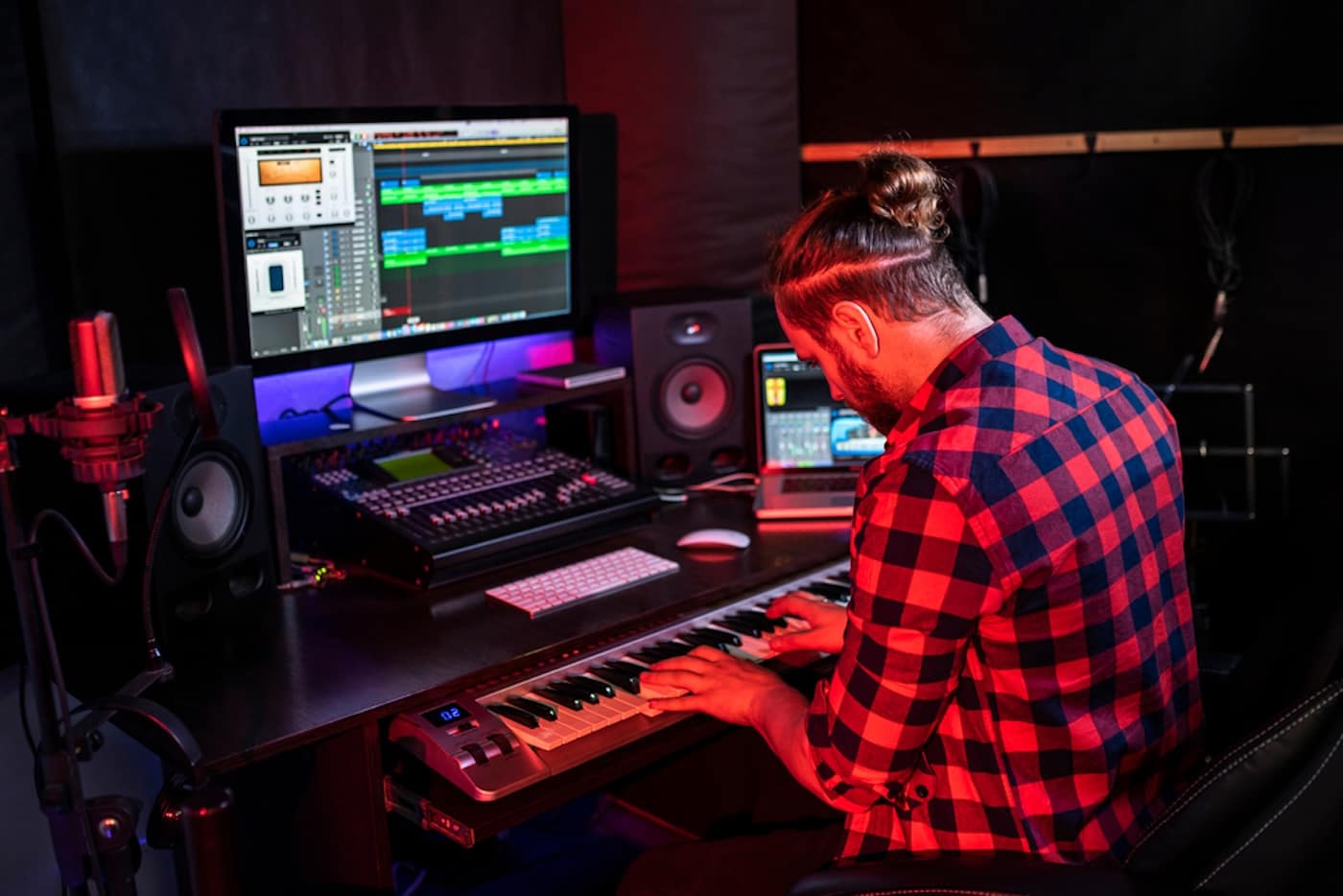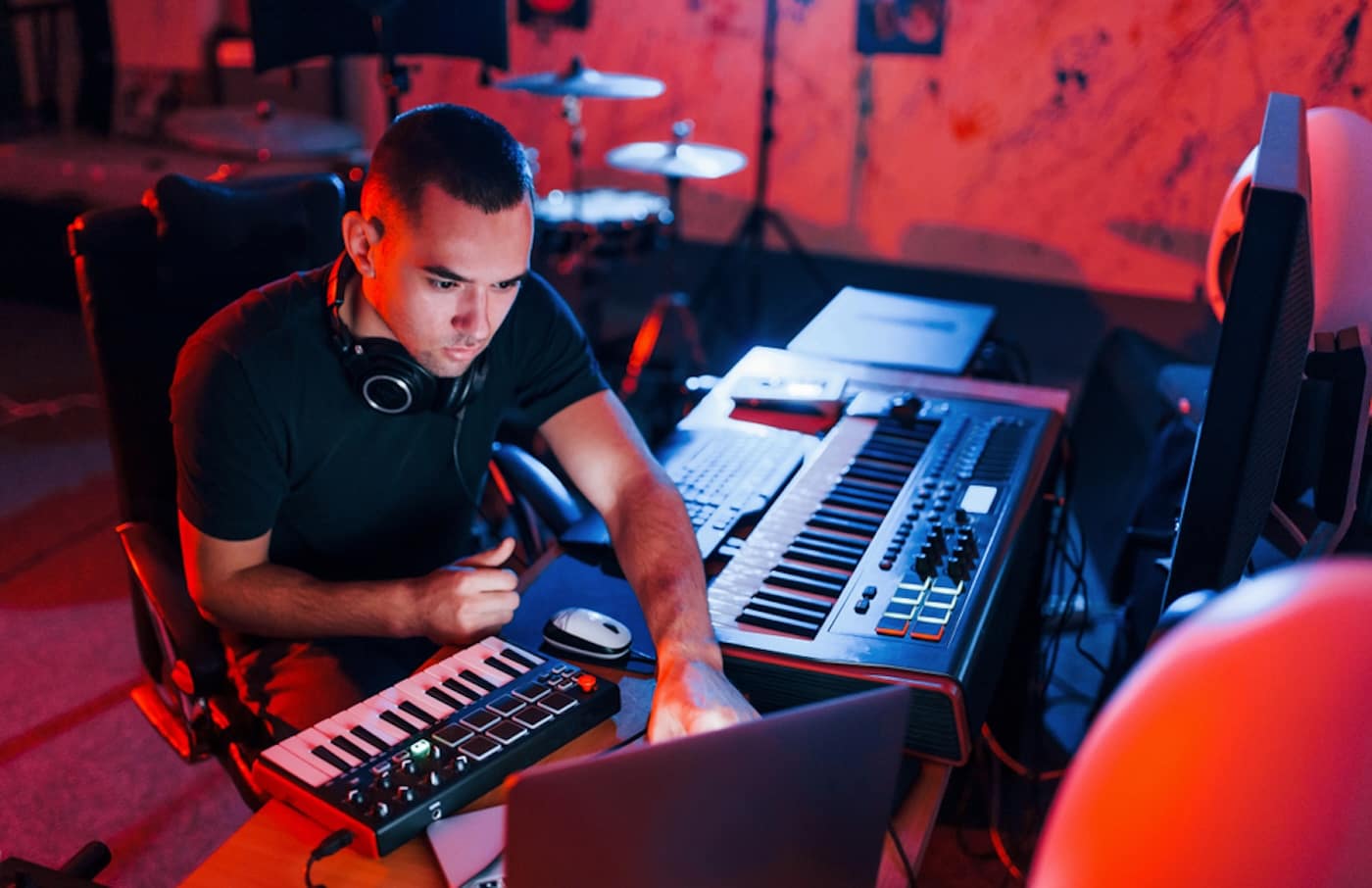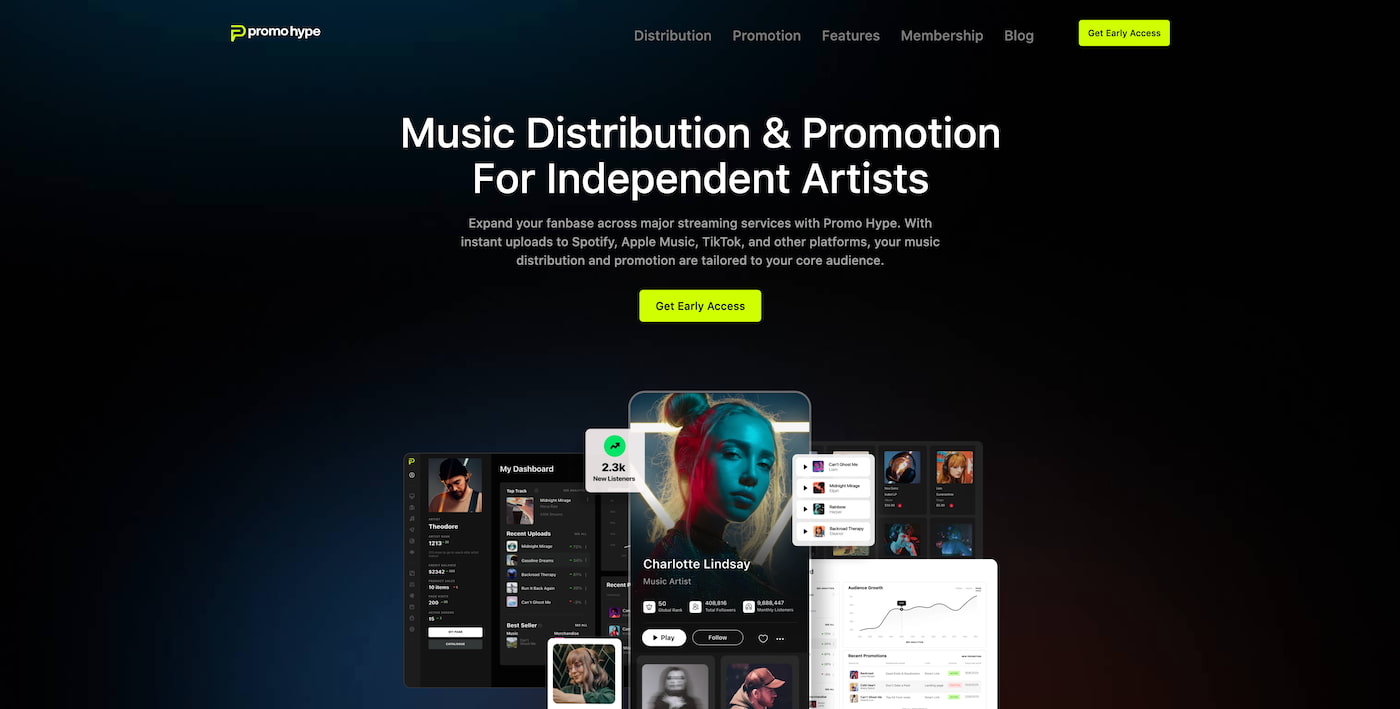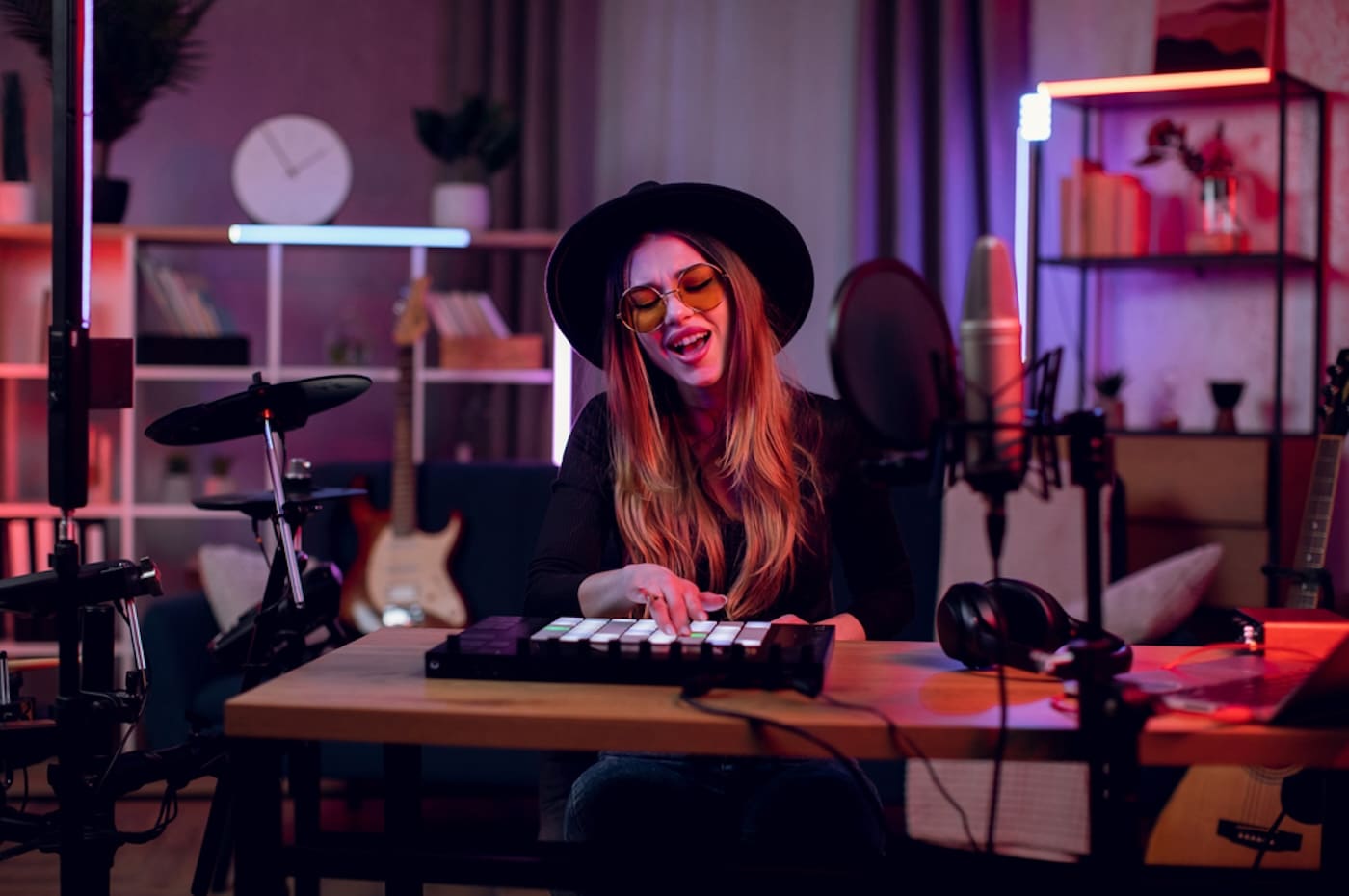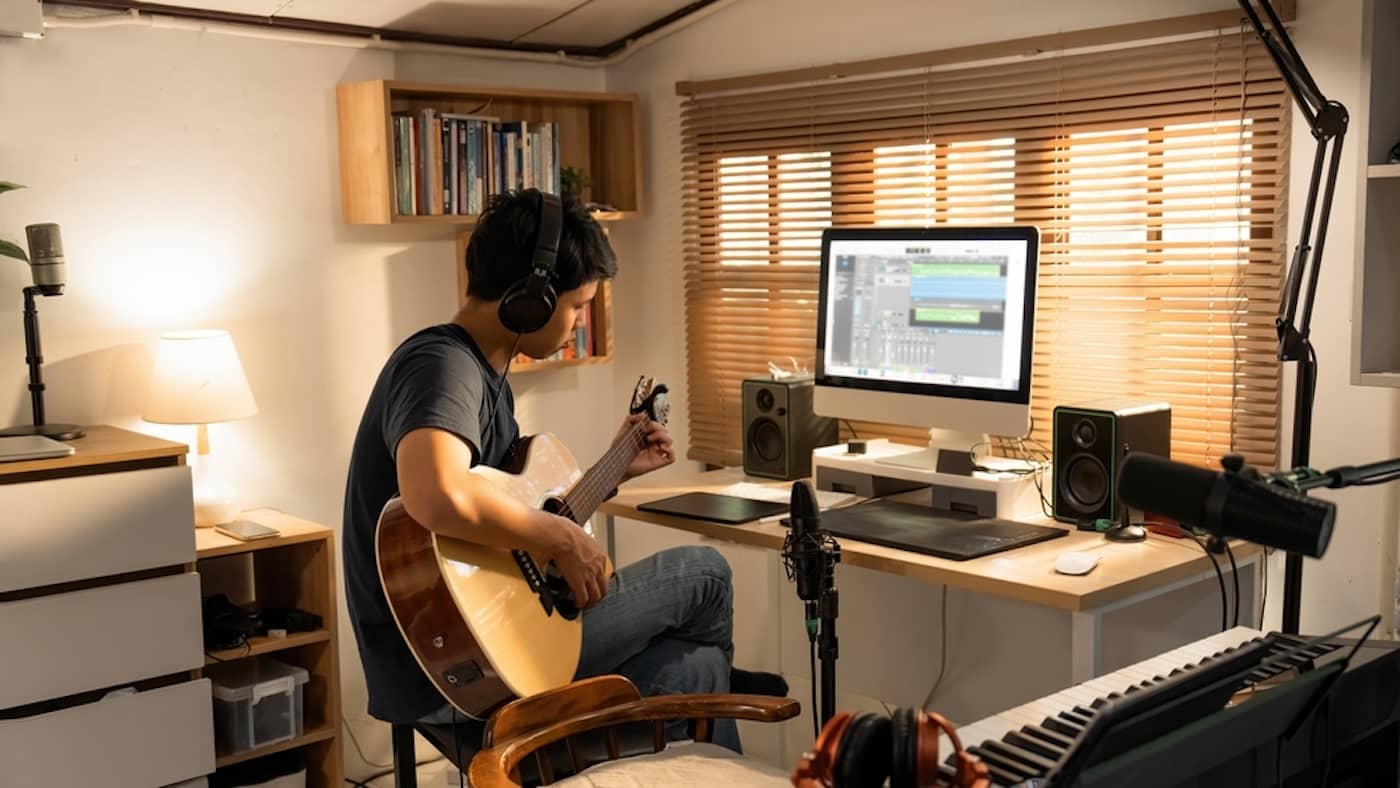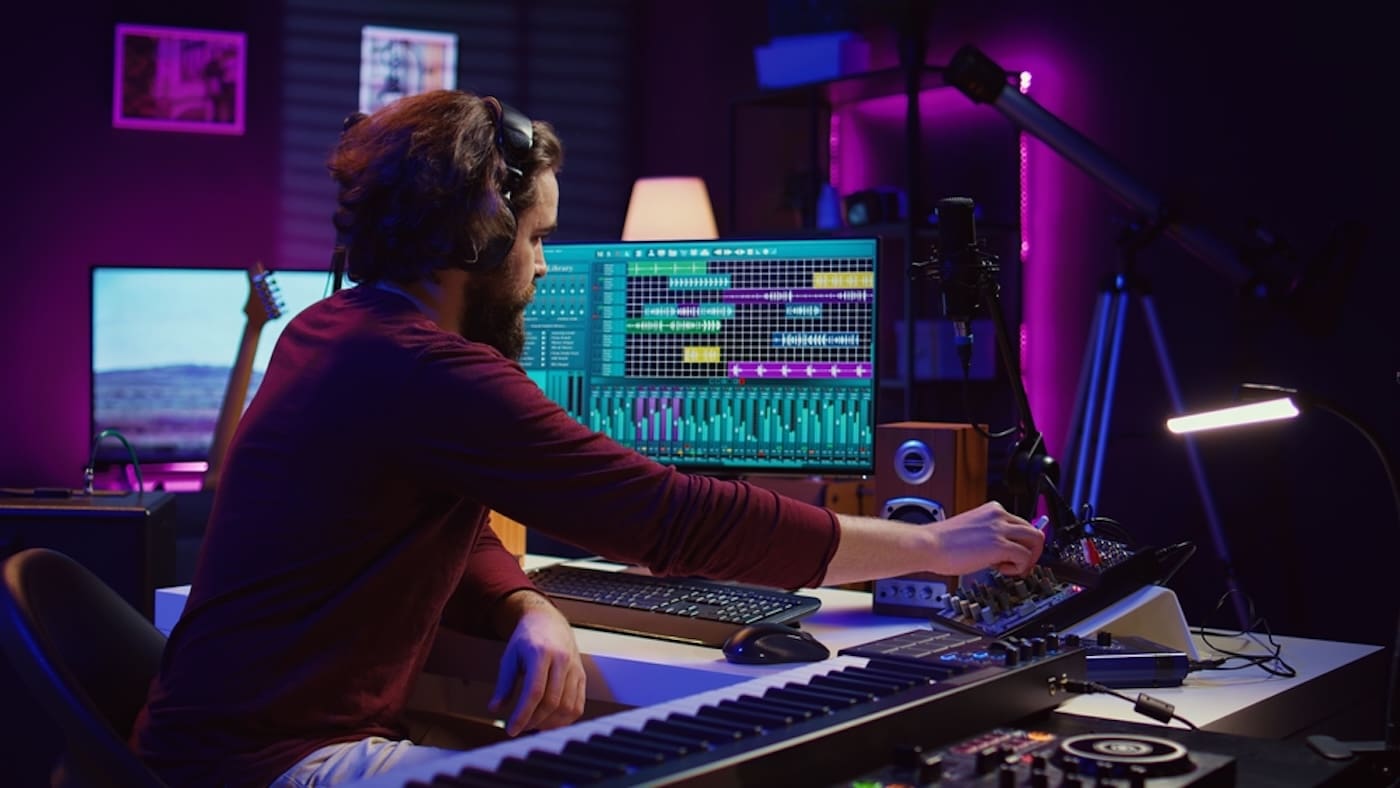Mechanical and performance royalties are two different types of revenue streams used in the music industry to ensure artists are compensated for their work.
Understanding the differences between mechanical royalties and performance royalties is critical for maximizing revenue across multiple platforms.
This guide breaks down how mechanical royalties and performance royalties are paid, whether on streaming services or through physical sales, as well as everything else you need to know.
Get Early Access
To Promo Hype
What Are Music Royalties?
Earning money through music royalties can be accomplished through various methods, each with different triggers for payments.
These payments are made to the owners and creators of the original work, including the songwriters, publishers, and record labels.
How music royalties are generated and distributed varies depending on the type of royalties and any agreements between parties.
If you’re considering making money as a music producer, publishing deals and record label partnerships will impact your royalty shares.
Types Of Music Royalties
While the two most common types of music royalties are mechanical and performance royalties, there are other mechanisms available.
A familiarity with these models will increase your ability to generate income whenever you write a song for public consumption.
Here’s an overview of the two other main types of royalties to be aware of:
Sync Royalties
Synchronization royalties, usually abbreviated to sync royalties, are based on the reproduction of songs in various visual media.
This includes movies, TV shows, video games, and commercials, with revenue from these platforms paid to the rights holders.
Such rights holders may receive an upfront payment, but there are circumstances in which sync royalties are generated for subsequent usage.
Print Royalties
A less common form of royalties is print royalties, which are initiated through the sales of sheet music in physical and digital formats.
Print royalties are typically split between the songwriter and publisher, with percentages between parties based on contracts.
Recommended read: The best digital audio workstations (DAWs).
The Importance Of Music Royalties
Music royalties are a vital means of income for songwriters and producers, allowing creators to be compensated for making music.
Additional benefits from music royalties that artists can take advantage of include:
- Diversifying income streams: Combining multiple types of music royalties allows rights holders to access a diverse range of income sources. This income is also freed from the potential restrictions of other markets to ensure consistency over time.
- Incentivizing long-term productivity: As artists build up a discography of content, their overall revenue from royalties continues to expand. This growth incentivizes the investment of time and creative effort in producing new music.
- Ensuring ownership and control of music: Collecting royalties requires clarifying and establishing ownership and rights to music. This process allows artists to produce and register work that meets the standards expected from music industry professionals.
By combining sources of royalty payments with a robust marketing strategy, artists can earn revenue whenever their music is played.
The Role Of Copyright In Music Royalties
Understanding the relationship between music royalties and types of copyrighted songs ensures artists get paid for their creative works.
There are two copyright types to be aware of: songwriting copyrights (also called composition copyrights) and master recording copyrights.
The former focuses on the original songwriter and covers all aspects of the song structure, such as lyrics, melodies, and arrangements.
On the other hand, master recording copyrights are used by recording artists to generate revenue, such as through releases of cover songs.
If you’re a songwriter who also produces and records music, these distinctions will help you evaluate your role more effectively.
The role of music publishing also factors into copyrighted songs, with publishers helping artists distribute and promote their work.
Registering music with the Copyright Royalty Board can help avoid copyright disputes that may negatively impact revenue.
Learn more: The best AI music production tools.
Mechanical Royalties Vs. Performance Royalties
Mechanical royalties and performance royalties are generated and paid out based on a complex combination of criteria.
Let’s break down the differences between mechanical royalties and performance royalties, so you can effectively implement both sources.
What Are Mechanical Royalties?
The process of collecting mechanical royalties has changed over the years, notably with the advent of streaming services.
Let’s explore how mechanical royalties function today, from the types of sales that trigger royalties to the dedicated collection societies.
When Are Mechanical Royalties Paid?
Mechanical royalties are paid based on the sales of albums, EPs, and singles across a range of media formats.
Their collection is generally focused on physical media sales, generating revenue each time an artist sells a CD or vinyl record.
Here’s a breakdown of all the sources of revenue that mechanical royalties can generate:
Physical Sales
Before streaming platforms emerged, mechanical royalties were typically paid by record labels and then collected by music publishers.
Under this system, mechanical royalties are paid each time a CD, vinyl record, or cassette is sold to consumers.
Typically, music publishers and record labels negotiate a licence to reproduce your works, securing mechanical royalties for sales.
Today, many successful independent artists release physical media as part of a broader distribution initiative alongside digital formats.
Digital Downloads & Streaming
Sales of individual tracks and albums as digital downloads also generate mechanical royalties for copyright holders.
Apple Music, Amazon Music Digital Store, Qobuz, and Bandcamp are just a few online stores where digital downloads are available.
Each sale triggers royalties, with online streaming platforms also triggering this royalty type whenever music is played.
This expands the platforms to include Spotify, which also bundles royalties, and TIDAL, known for its high-quality audio streaming.
Get Early Access
To Promo Hype
How Are Mechanical Royalties Collected?
Collection societies are vital for collecting mechanical royalties, with the Mechanical Licensing Collective (MLC) the go-to platform in America.
Recently listed as one of the most innovative companies in its field, the MLC collects and distributes royalties to its members.
If you’re signed to a publisher, they will likely manage this aspect of the business on your behalf, sometimes through another agency.
In the past, the Harry Fox Agency was frequently used, with Music Reports (MRI) also involved in collection and distribution.
Additional collection societies are operating outside of the United States that manage the process in their respective territories.
American songwriters and producers can also access the services of a Collective Management Organization (CMO).
These also often handle performance royalties, allowing for the international collection of revenue from multiple royalty streams.
As the music industry evolves, new societies are expanding services to include mechanical royalty collection for their members.
What Are Performance Royalties?
As the name implies, performance royalties focus on gathering and distributing fees to rights holders whenever music is performed publicly.
It’s a hugely popular method of royalty collection that allows artists to exploit their back catalog of music fully.
When Are Performance Royalties Paid?
Performance royalties are paid based on a variety of scenarios surrounding the proper licensing of a song in a given context.
Let’s explore the various situations when performance royalties are generated in more detail:
Radio Airplay
Once your work has been appropriately registered with a collection society, it’s ready to earn money when broadcast on radio stations.
Radio stations pay a license fee that allows them to play specific songs, with collected royalties then distributed to songwriters and publishers.
Payment is assessed using various methods to determine airplay, ranging from pay-per-play to royalties based on representative samples.
Royalties from radio play can be lucrative, with tracks from the best music producers of all time gaining frequent plays.
Related read: How to submit music to radio stations.
Digital Streaming
Earnings from digital streaming services like Spotify and Apple Music also trigger songwriting performance royalties for each play.
This only applies to interactive streaming services, with non-interactive platforms paying royalties to the sound recording copyright holder.
As with radio play, collecting performance royalties from digital streaming services requires membership in a collection society.
Some independent artists use dedicated music distribution services, since these allow for multiple uploads across various platforms.
They also provide access to a range of tools for monitoring song performance, while allowing members to retain all royalties earned.
Live Performances
The final main category for performance royalties is live performances, which covers a broad range of situations.
Venue owners of all types pay license fees that permit them to play songs from popular music genres to their customers.
Such venues include bars, restaurants, gyms, and nightclubs, accessing an extensive database of songs ready to use.
Performance royalties are also gathered from the use of music at larger events such as pop concerts and classical music performances.
If live performances include mixed programs, the performance royalties will then be adjusted according to the proportion of each genre.
Claiming performance royalties from such events means understanding deadlines for making claims to ensure they’re fully paid.
How Are Performance Royalties Collected?
As with mechanical royalties, there’s a specific set of steps needed to collect performance royalties from your music.
The primary source of revenue from performance royalties comes through Performing Rights Organizations (PROs).
There are different Performing Rights Organizations in each territory, with ASCAP and BMI two of the main PROs in the United States.
Music users pay these organizations license fees, allowing them to perform the music in venues and report usage accordingly.
Once your music is registered with a PRO, each time a song is played publicly, performance royalties are generated.
The PRO then managed the collection and distribution of all performance royalties to songwriters and publishers.
The share between these parties can vary, but is typically arranged as a 50/50 split, with publishers sometimes sharing additional revenue.
Mechanical vs. Performance Royalties Comparison
Mechanical royalties and performance royalties generated can help independent artists become full-time musicians.
Let’s recap some of the core differences between mechanical and performance royalties outlined in this guide:
- Source of revenue: The primary distinction between the two types of royalties is the source of revenue, from physical media to live performances. Combining these resources ensures your income stream is fully optimized.
- Collection agencies: If you’re collecting mechanical and performance royalties, you’ll need to register with the correct collection societies. You may also need to register with international collection societies to earn money from global territories.
- Copyright implications: While mechanical royalties are paid based on the copyright of the music composition, performance royalties also pay the sound recording rights holder.
It’s also important to note how on-demand services work, with both mechanical royalties and performance royalties paid.
Read next: The best music production software.
How To Optimize Your Royalty Collection
Generating the maximum possible income from royalties requires a comprehensive approach to the process.
Here are some reliable ways you can optimize your collection of royalties across all distribution platforms:
- Ensure your work is correctly registered: Eligibility for the various types of royalties requires registration and membership to the relevant collection societies. While songs are automatically copyrighted when finished, you can secure additional peace of mind by registering them with the U.S. Copyright Office.
- Collect multiple types of royalties: Diversifying your royalty connection strategy allows you to earn money from various sources over time. Setting up mechanical royalties, performance royalties, and licensing deals will optimize your revenue streams.
- Proactively promote your music: Building a fan base is essential for generating plays on streaming platforms or through physical sales. You can promote your music in various ways, using a website, live gigs, and social media.
- Track your music’s usage: Monitoring the performance of your songs enables better decision-making regarding promotions and preferred platforms. The best music distribution services include robust analytics tools to help independent artists assess all aspects of performance.
By securing music gigs and leveraging social media networking, artists can drive fans to their accounts on streaming services for enhanced revenue.
Summary
Songwriters and music publishers rely on mechanical royalties and performance royalties to earn consistent revenue from music played.
Incorporating both ensures your music generates income from streaming services, physical sales, digital downloads, and more.
By collecting income from multiple sources, you can reinvest the royalties into new equipment and marketing your brand as an independent artist.


